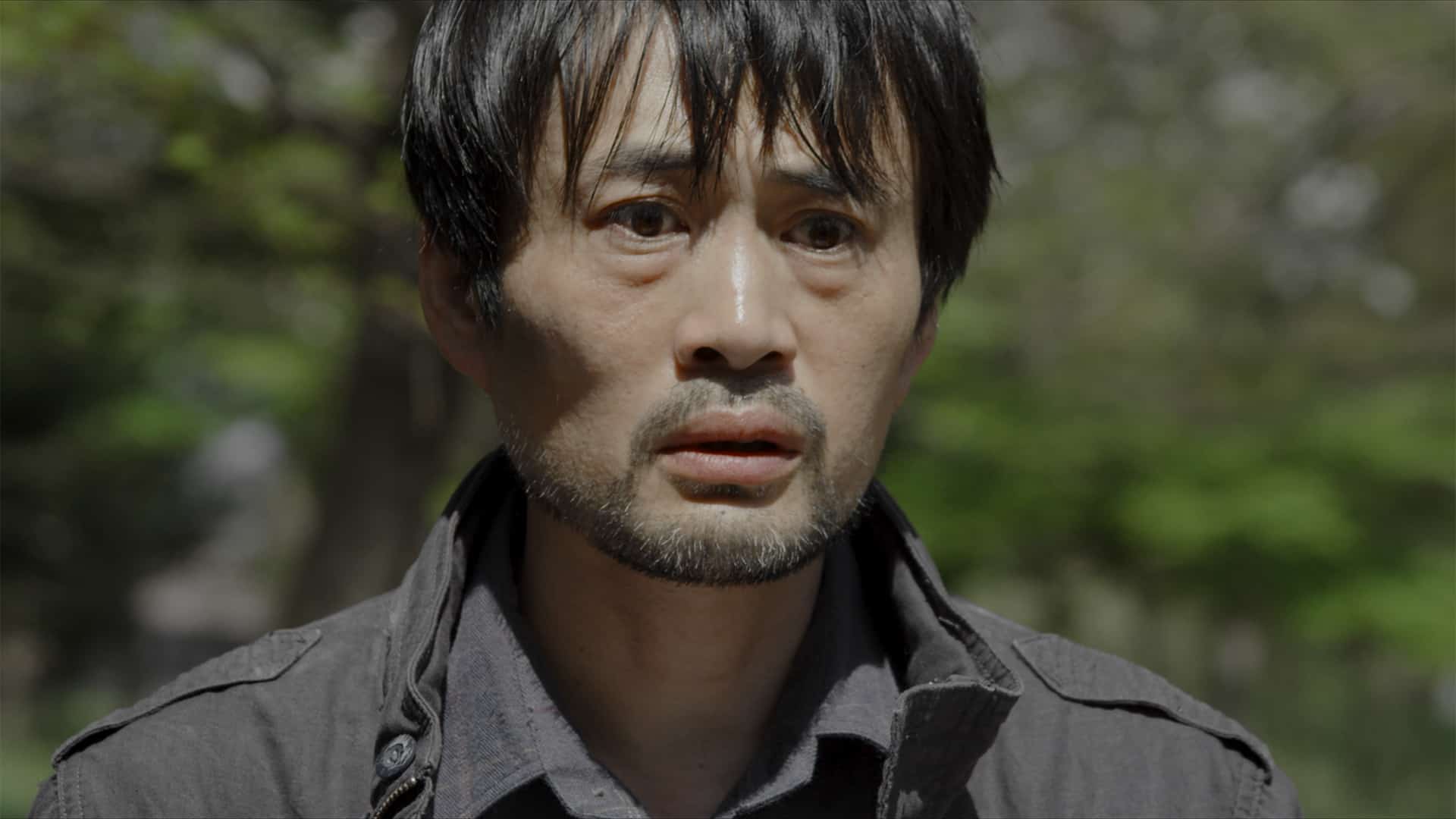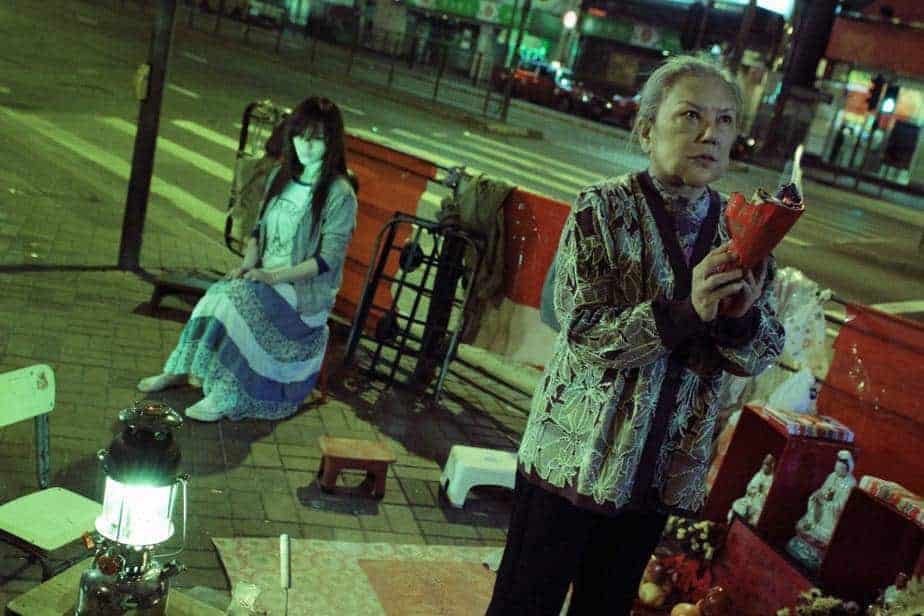“Aydınlar” is the latest feature by Uzbekistani directors Muzaffarxon Erkinov and Muzaffar Qoraboyev. In it, the duo tackles the life in the once-prosperous but now deserted city of Muynak after the Aral Sea disaster.
Seyit (Arman Barakov), an Uzbekistani sailor working in Egypt receives a message that his grandfather Nurpeis (Hayitali Nizomiddinov) has passed away. He goes home for the first time in six years, thinking about the past, his family, and his beloved city. We watch the story play out through some flashbacks Seyit has while riding home from the airport. Each of them, by the way, is introduced with almost the same gaudy montage. Due to the nature of memory and the story we are watching, the farthest our protagonist is from home, the better memories of his town and his grandfather he has. We see him remember his childhood as a fairy tale-like experience filled with games and exploration of the ship cemetery. He listens, and more importantly, believes, his grandfather's prediction that the Aral Sea will come back and their city of seamen will thrive once again.

The memories are also the time when the main conflict of “Aydinlar” is introduced. We see Seyit falling in love and competing with his best friend Maman (Doston Boymirzayev) for the heart of Qizlargul (Guljahon Polvonniyazova), the girl they both like. As he travels home, we observe his life story developing in predictable for this type of movies ways. When they are teenagers, Maman's already rich family grows richer, while Seyit's does the opposite, and so he has to work for his friend's family to support his sick mother. He also begins to realize that he can't provide a future for his beloved. He has no choice but to abandon her, while she can't do anything but let him go. She can't go with him, because that is not what women can do.
Being from a small dying city, Seyit's life is inextricably connected to that of his city. As the Muynak's economy and infrastructure grows worse, so does Seyit's life and that of the other townspeople. We are reminded of that time and again through the way the town is shown. Small dilapidated houses, almost no streets, not to say about shops or other buildings, it is more of a township or a settlement than a once-prosperous city. As a result, not only can't the few left people living in Muynak become sailors, something that the city was famous before the disaster that caused the Aral Sea to drain, but they can't find any work whatsoever. This forces them to try and leave the city, something that they don't really want to do, but also can't physically, because there are no cars passing through it for days. It is as if the ghosts of the past and the trauma from the disaster, something the movie does not deal with at all, are pulling them back.
Seyit's memories are contrasted with the Muynak he sees after he arrives from his journey. Having been gone for only six years, but apparently not keeping contact with anyone home, he can't believe what has happened of his hometown. Developed and modern, filled with people and businesses, it is nothing like the hamlet of his memories. The difference is so shocking that we can't but wonder if the movie was sponsored by the city and even if it was made as its advertisement. As the credits roll, we realize that this is somewhat the case, but it doesn't really matter because as cliched and unrealistic the plot of “Aydinlar” might be, it gives us a glimpse of surviving after a manmade disaster no one wants to acknowledge.















